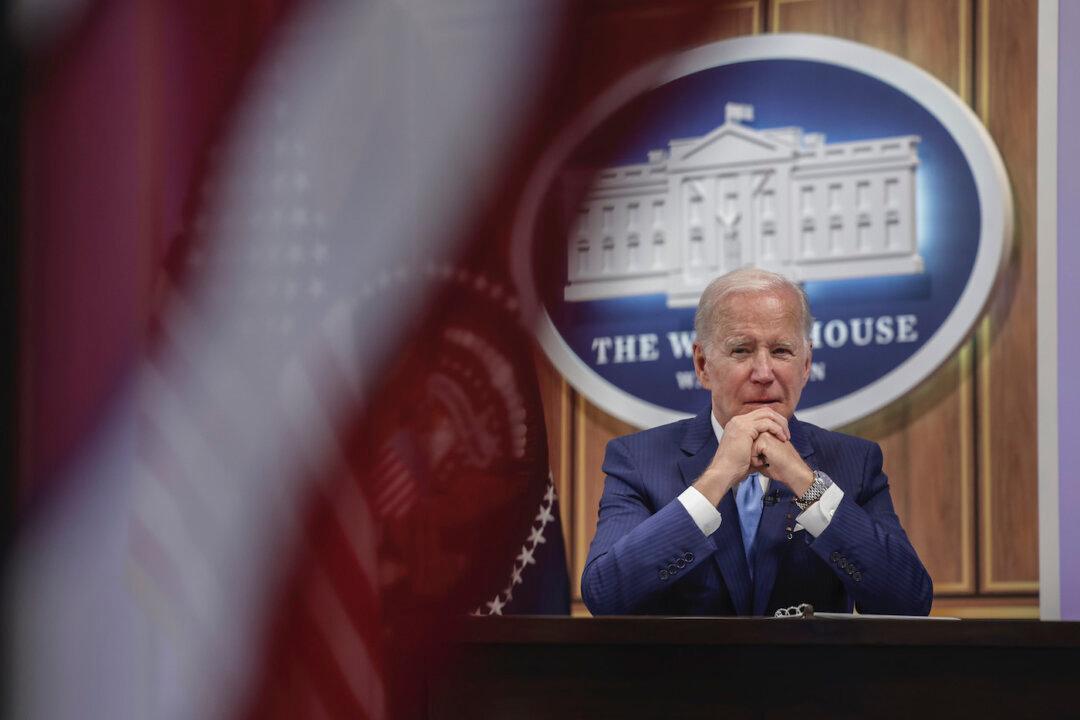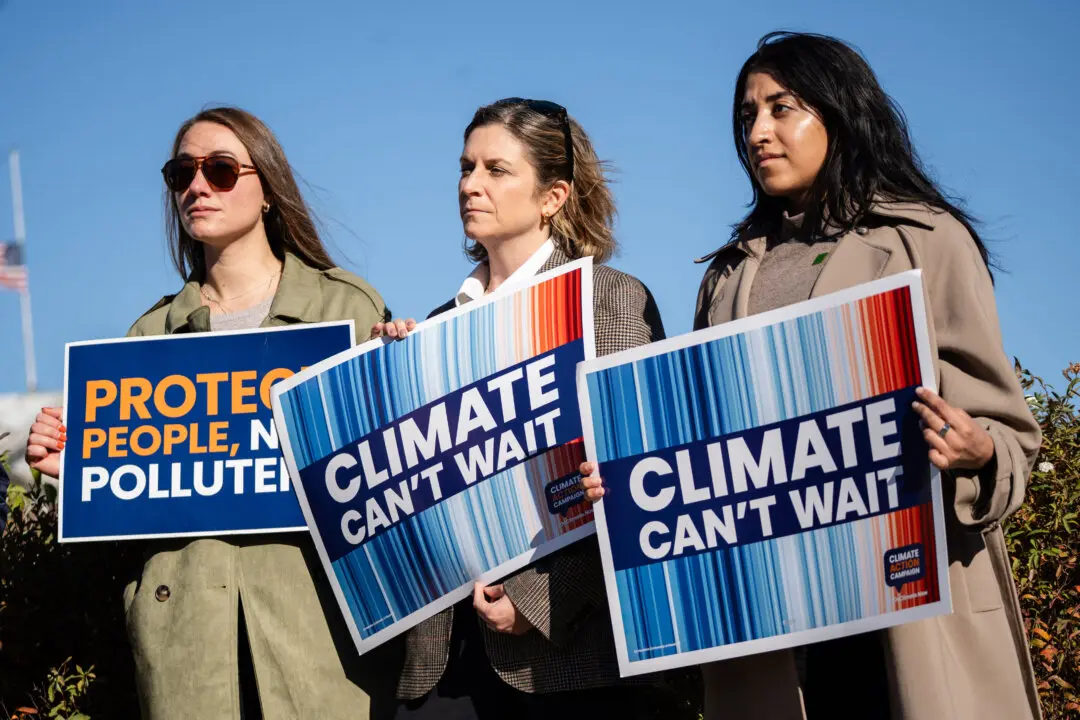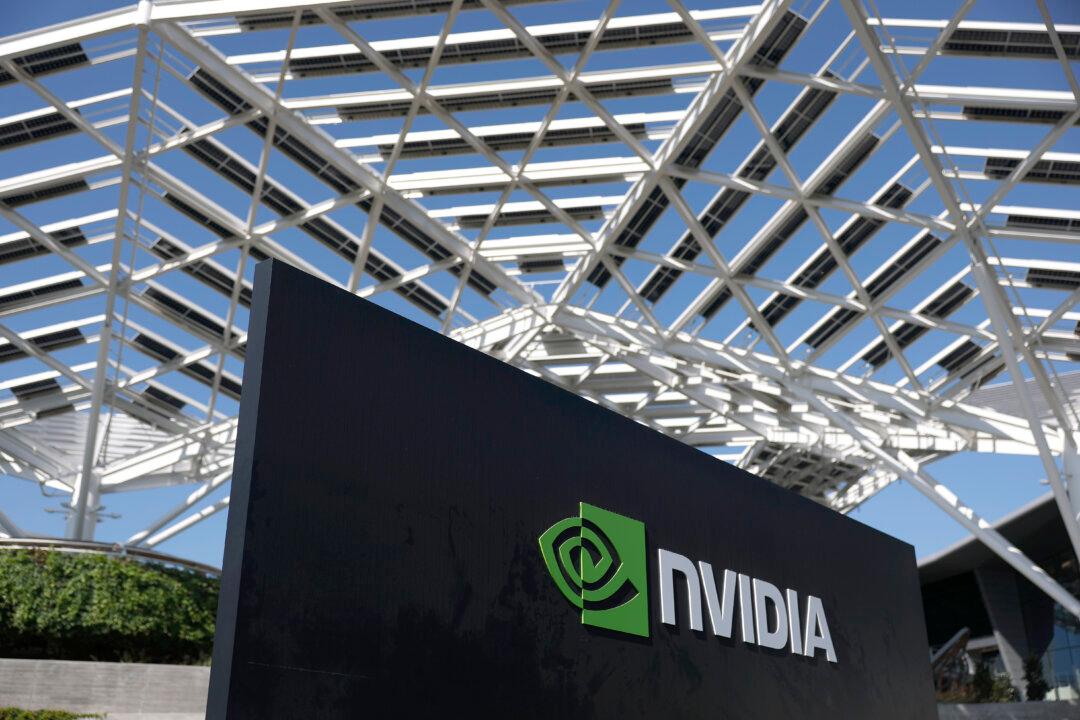This is a strange recession. Jobs remain plentiful even as the economy slows, pushing wages up even as record-high inflation and shortages reduce the standard of living for most Americans.
While many economists point out that the government has had a hand in most economic crises, government intervention in the U.S. economy over the past several years has extended far beyond anything we’ve experienced since World War II. These interventions include the forced closure of private businesses during COVID-19 pandemic lockdowns, $5 trillion in federal stimulus payments, an additional $5 trillion in new cash infusions from the Federal Reserve, use of the Defense Production Act to direct the U.S. energy industry toward wind and solar energy, and trade embargoes in response to Russia’s invasion of Ukraine that exacerbated already existing crises in fuel and food production.





